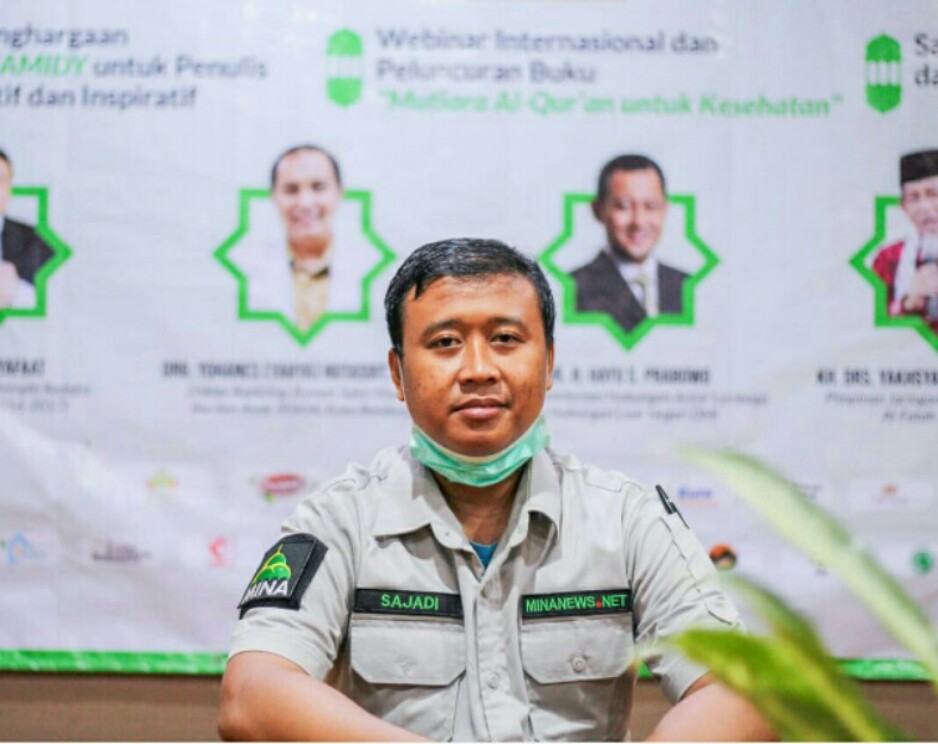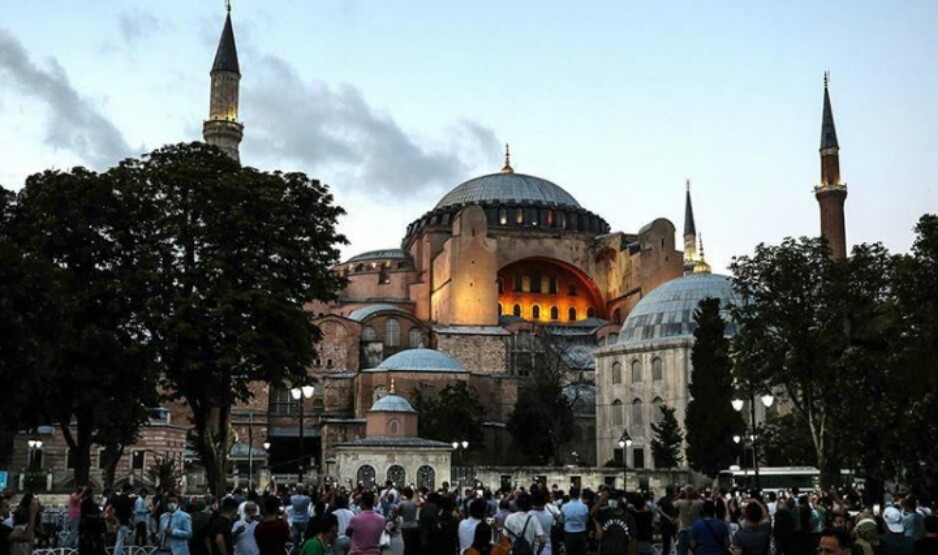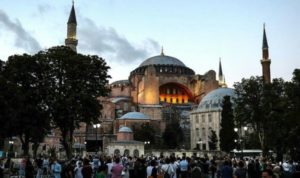Istanbul, MINA – Turkiye on Sunday (May 29) commemorated the 569th anniversary of the conquest of Constantinople (present-day Istanbul), calling it an important beginning of a new era.
Constantinople, a cosmopolitan city, was besieged 28 times throughout its history before its conquest in 1453 by the Ottoman Sultan Mehmed II.
In recognition of his victory, the 21-year-old ruler came to be known as Mehmed the Conqueror.
In a promise regarding the conquest of Constantiople the Prophet Muhammad said: “Constantinople will surely be conquered; the best of leaders are those who lead at that time, and the best troops are the troops of war at that time.”
Also Read: The Forty-Four-Days of Glory: Azerbaijan’s Struggle for Justice and Peace
On the night of April 21-22, 67 small and medium-sized ships were moved to the Golden Horn, the main entrance to the Turkish Strait by soldiers and animals through the base of the Kabatas Stream, which flows into the Port of Tophane.
The first wall of the city was built in 657 BC. Roman Emperor Septimius Severus (193-211) demolished this wall during the invasion of the city and built walls that ended near Hagia Sophia, including Sarayburnu and later Sultan Ahmet Square.
During the reign of Constantine (306-337), the city from the coast of Marmara to the Golden Horn was surrounded by city walls for the third time.
The road to conquest
Also Read: Palestine Solidarity Month: A Collective Movement for Al-Aqsa and Palestine’s Freedom
All preparations for the conquest of Constantinople were made in Edirne, just west of Istanbul. Mehmed II departed from Edirne.
The Venetian commander Bartolomeo Soligo, who fought for the Byzantines, closed the entrance to the Golden Horn by attaching a chain at the entrance to its inner harbor.
Mehmed II and the Ottoman Army approached Constantinople with nearly 80,000 soldiers. The siege begins with the firing of a large cannon.
The Ottoman Navy arrived before the port of Constantinople. The Navy has 145 ships, including 12 galleys and 25 carriers and small vessels.
Also Read: Hassan al-Turabi: A Controversial Thinker from Sudan
Ottoman ships were transferred to the Golden Horn by land. Captain Giorcomo Coco, who was assigned to burn Ottoman ships in the Golden Horn, failed and died aboard his sinking ship.
The ships of the Ottoman Army attacked to lift the chains at the entrance of the Golden Horn, but the attack failed. While the attack on the walls of Constantinople continued, a tunnel was dug to enter the city.
When the sound of digging was heard in the city, the Byzantines noticed it and blocked the tunnel.
Mehmed II sent one final emissary to the emperor, but his offer was rejected. The seventh tunnel excavated by the Ottoman army also failed. Mehmed II concluded that digging the tunnel would cost many lives.
Also Read: Who Exactly is the RSF Group Shaking Sudan?
The Ottoman army then began the offensive in the early hours of 29 May. The Ottomans carried out the final attack in three waves. During the first two hours, the Bashi-bazouks attacked the walls, and soon after that the Anatolian troops replaced them.
Finally the Janissaries, the backbone of the army entered. Until, in the morning, the Ottoman army managed to enter through the door of Kerkoporta and put the Ottoman flag above the gate of the fort.
Mehmed II entered the city late in the evening on the first day of the conquest. He went to the Hagia Sophia, now a mosque, and prayed there, saying: “My throne is in Istanbul from now on.”
Constantinople was conquered after a siege that lasted 54 days at intervals.
Also Read: The Two-State Solution (Palestine–Israel) in Historical Perspective
The conquest ended the 1,058 year old Byzantine Empire, ended the Middle Ages, and made Istanbul the new capital of the Ottoman Empire.
The day that Istanbul was reborn
Ilhami Danis, a historian at Istanbul’s Fatih Sultan Mehmed Vakif University, told Anadolu Agency the city was a prime target both logistically and strategically because of the Ottoman Empire’s connections from Anatolia to Rumelia (Balkans) and the rest of Europe mostly via Gallipoli (Gelibolu, near Canakkale).
Danis said the conquest was important both for the continuation of the Ottoman conquest of Europe and controlling traffic between the Mediterranean and the Black Sea.
Also Read: Enchanted by K-Dramas, Dragged into Slander: Time for Muslims to Rise!
Feridun Emecen, Dean of the Faculty of Letters at Istanbul 29 Mayis University, emphasized Istanbul’s strategic location, adding that the city carries great religious importance for Christians and Muslims.
“A new empire was born with the conquest of Istanbul by Mehmed II, and Mehmed II, in a way, became the founder of the Ottoman Empire by conquering Istanbul. Therefore, the conquest, which was a turning point, was very important for the history of Turkey,” said Emecen.
Emecen noted that the conquest of Istanbul led to mixed perceptions of threat and fear in the Western world.
“After the conquest, calls for the creation of a new Crusaders army began to be made in the Western world,” he added.
Also Read: Creating Opportunity and Avoiding Misery; Lesson Learn on Waste Recycling Issue
The conquests were greeted with joy in the Muslim world, with the exception of the Mamluk rule, Emecen said, adding that most were also welcomed in Turkish Anatolia, with the exception of the Karamanids. (T/RE1)
Mi’raj News Agency (MINA)
Also Read: Between the Treaty of Hudaybiyyah and Ceasefire in Gaza































 Mina Indonesia
Mina Indonesia Mina Arabic
Mina Arabic